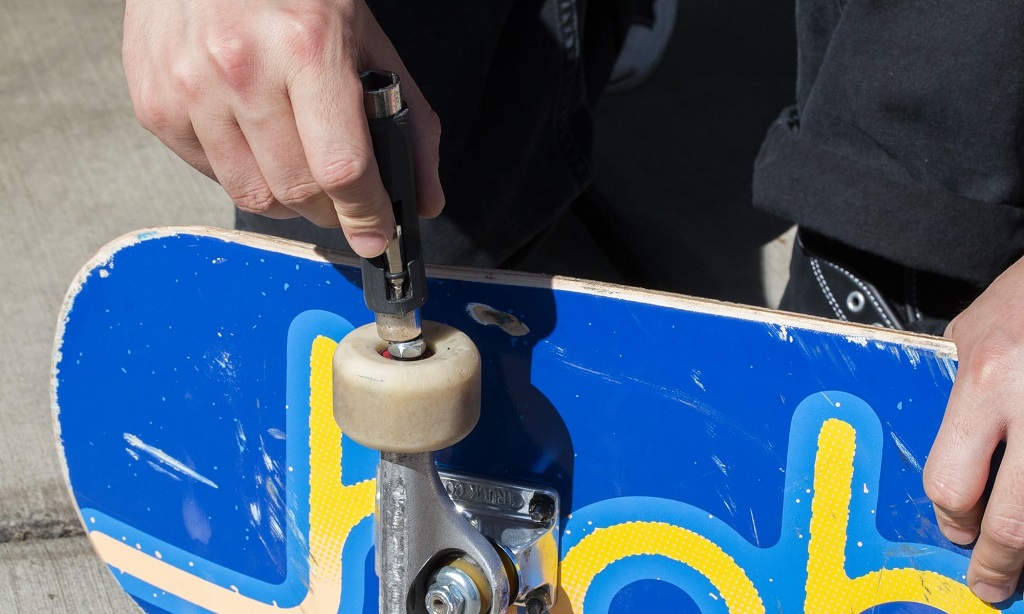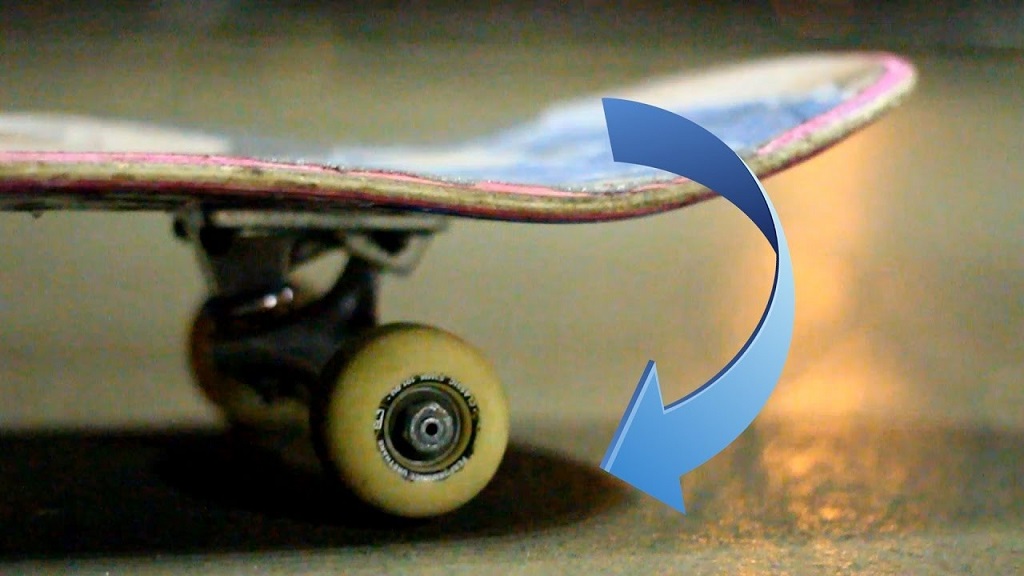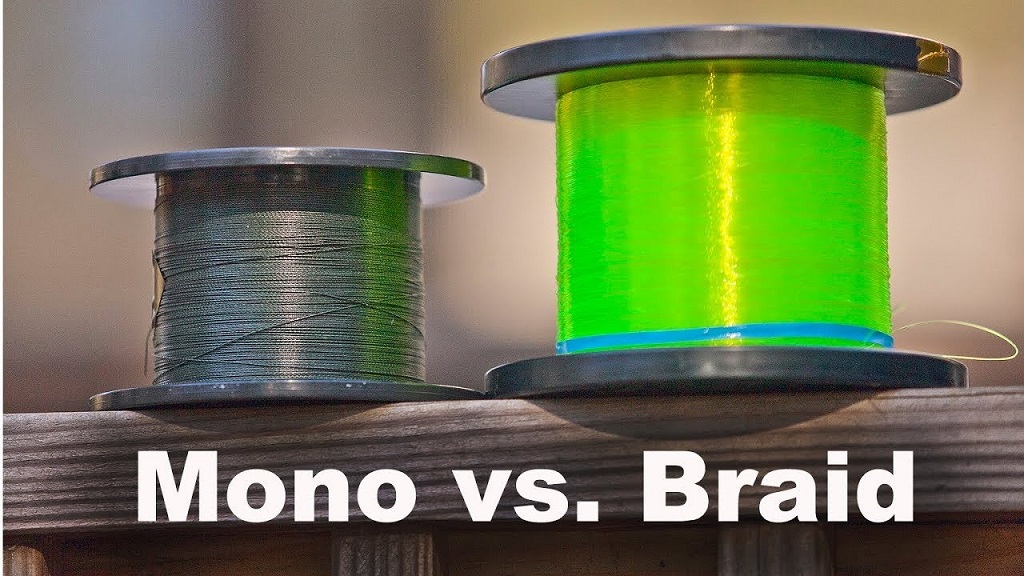When your skateboard wheels start showing signs of core damage, it can feel like the end of their life. But wait! Before rushing to replace them, you might want to consider fixing them yourself. Repairing core damage on skateboard wheels not only saves you money but also ensures you maximize the lifespan of your gear. If you’re tired of throwing out expensive wheels, this guide will walk you through how to fix them right from the comfort of your home.
Plus, for more skateboarding tips, explore Skateboardtrends to keep your ride smooth and stylish.
Why Do Skateboard Wheels Suffer Core Damage?
Skateboard wheels endure immense pressure during tricks, speed runs, and terrain challenges. Over time, the central core—the part where bearings sit—can crack, warp, or wear down due to factors like:
- Heavy Impact: Frequent hard landings from tricks.
- Poor Maintenance: Dirt, grime, and moisture weaken the material.
- Low-Quality Wheels: Budget wheels may lack durability and proper core structure.
- Terrain Stress: Skating on rough surfaces, gravel, or uneven pavement speeds up wear and tear.
Did you know? Research by Skateboarding Science Magazine found that frequent street skaters can go through wheels twice as fast compared to park skaters due to harsher terrain conditions.
When left unchecked, core damage can affect your safety, balance, and overall skateboarding performance. The good news? With a few tools and materials, you can restore your wheels without breaking the bank.
How to Tell If Your Wheels Have Core Damage
Before jumping into repairs, it’s crucial to confirm that the core is damaged. Look for these warning signs:
- Visible Cracks or Fractures: Small hairline fractures or deep splits in the core are key indicators.
- Loose Bearings: Bearings that don’t fit snugly into the core suggest structural deformation.
- Wobbling Wheels: Spin your wheels. If they wobble or rotate unevenly, the core may be damaged.
- Decline in Speed: If your skateboard feels sluggish despite well-maintained bearings, the core might be the culprit.
Performing a thorough inspection can save you time and ensure that your repair efforts target the real problem.
Tools and Materials You’ll Need
To repair core damage on skateboard wheels, you don’t need a professional workshop. Here’s your DIY toolkit:
- Epoxy Resin or Polyurethane Glue (strong bonding agents to repair cracks)
- Sandpaper (Fine and Medium Grit) for smoothing surfaces
- Clamps or Rubber Bands to secure the wheel during curing
- Precision Knife for trimming excess adhesive
- Alcohol Wipes or Cleaning Solution to prepare the surface
- Hairdryer (Optional): Helps soften adhesive for better application
Pro Tip: Epoxy resin is highly durable and can withstand heavy impacts, making it the go-to choice for wheel core repairs.
Step-by-Step Guide to Repairing Core Damage on Skateboard Wheels
Step 1: Remove and Inspect the Wheels
- Start by removing your skateboard wheels from the deck. Unscrew the axle nuts and slide the wheels off.
- Remove the bearings carefully with a bearing puller or a flathead screwdriver. This gives you full access to the core for inspection and repair.
Step 2: Clean the Wheels Thoroughly
- Wash the wheels using warm water and mild soap to remove dirt, grease, and debris.
- Use alcohol wipes or a cleaning solution to ensure the surface is completely clean and free of oils. A clean surface allows adhesives to bond effectively.
Step 3: Apply the Adhesive
- Mix epoxy resin or polyurethane adhesive according to the instructions on the packaging.
- Use a toothpick or precision tool to fill cracks or damaged areas in the core. Apply a thin layer around the crack to ensure complete coverage.
Step 4: Secure and Let It Cure
- Press the damaged areas together and secure them using clamps or tight rubber bands.
- Leave the wheel in a cool, dry area for 24-48 hours to allow the adhesive to fully cure. Be patient—rushing this step may result in weak repairs.
Step 5: Sand and Smooth the Repaired Core
- Once cured, use medium-grit sandpaper to remove excess adhesive and smooth the surface.
- Switch to fine-grit sandpaper for a polished finish. A smooth core ensures the bearings fit snugly and perform properly.
When to Replace Instead of Repairing
Sometimes, repairs just aren’t worth the effort. Replace your wheels if:
- Cracks or damage extend across the entire core.
- The core has completely warped or deformed.
- Repairs have been attempted multiple times with little success.
For reliable replacements, check out https://skateboardtrends.com/gears/skateboard-wheels/ for the top skateboard wheels. Investing in durable, high-performance wheels ensures a safer and smoother ride.
Preventative Measures to Avoid Core Damage
Prevention is key to prolonging the life of your skateboard wheels. Here are some practical tips:
- Use Quality Wheels: Choose reputable brands like Bones or Spitfire, known for their durability and performance.
- Keep Bearings Clean: Dirty bearings can stress the core and cause premature wear.
- Avoid Extreme Terrain: Stick to smoother surfaces whenever possible.
- Land Tricks Correctly: Practice smooth landings to reduce impact stress on your wheels.
- Regular Inspections: Check your wheels monthly for early signs of damage.
Fun Fact: According to a survey by Skateboarding Enthusiast Forum, 76% of skaters reported fewer wheel replacements after switching to high-grade bearings and premium wheels.
Read More Also: Identifying Unusual Vibrations in Angle Grinders: A Diagnostic Guide
FAQs
What adhesive is best for repairing core damage?
Epoxy resin is highly recommended due to its strength and durability. Polyurethane glue is another great option for flexible bonding.
Can repaired wheels perform like new ones?
While repairs can restore functionality, they may not match the original performance of new wheels. Repairs are best suited for casual rides, not heavy tricks or competitions.
How often should I inspect my skateboard wheels?
Inspect your wheels monthly for signs of wear, dirt buildup, or damage. Early detection can prevent severe issues.
Can I repair cracked wheels without removing bearings?
No. Bearings need to be removed to ensure the adhesive bonds correctly and doesn’t interfere with rotation.
Are professional wheel repair services available?
Some skate shops offer wheel repair, but DIY repairs are cheaper and more accessible for most skaters.
Should I repair cheap wheels or replace them?
If the wheels are inexpensive, replacing them may be more cost-effective than repairing extensive core damage.
Conclusion
Repairing core damage on skateboard wheels is a practical and rewarding DIY skill that can save you time and money. Whether you’re patching up minor cracks or reinforcing structural weak points, the process is straightforward with the right tools and materials.




